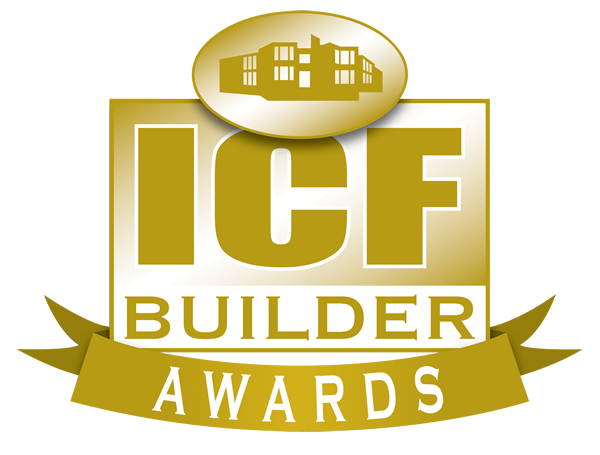
2019 Large Residential
1st Runner-Up
The ICF industry hangs its hat on a few defining benefits; energy efficiency, ease of construction, and disaster resistance. The Florida Beach House is a shining example of all of these attributes. In addition, the home has already survived a direct hit from Hurricane Irma. The design and strength of this house have helped to earn it one of the top spots at the 2019 ICF Builder Awards.
This hurricane-resistant vacation home is built in the Florida Keys, about midway between Key Largo and Key West in Islamorada. There’s not much room on these low-lying islands, and the lot is sandwiched between the highway and the sea. This gave the jobsite great visibility, but created challenges with material storage and handling.
The owner was already aware of ICFs and the energy efficiency and disaster resistance they provide. When his architect—not familiar with ICFs—tried to get him to switch to CMU, the owner moved on to Robert Klob Designs, an experienced ICF design professional and consultant.
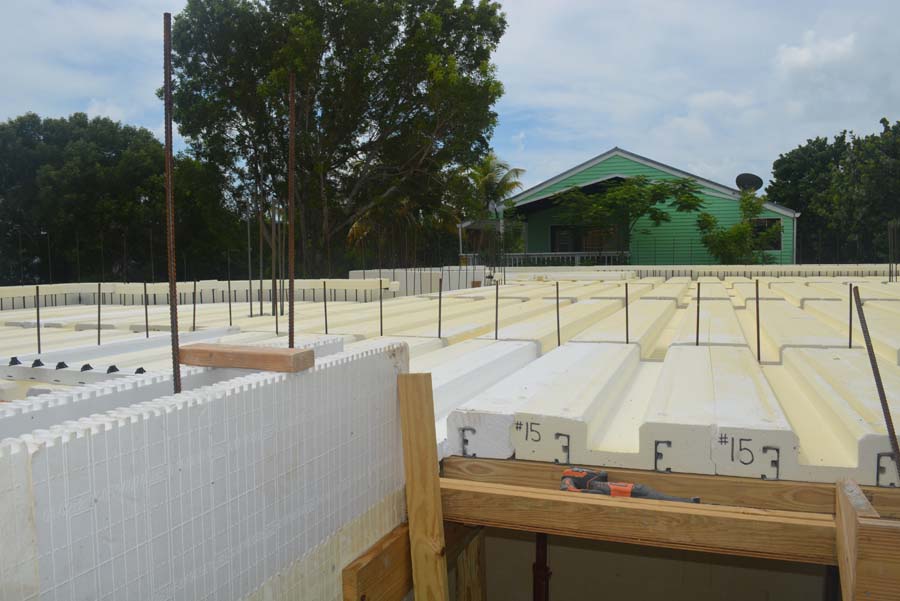
A foam-and-concrete decking system was used for the floors and roof to support the stepped ICF walls, increase disaster resistance, and create a rooftop living space.
The owner selected BuildBlock ICFs as the brand of choice after interviewing a number of ICF manufacturers at the World of Concrete trade show.
Labor is difficult to find in the Keys, and after considering a number of options, decided to tackle the project himself. The excellent customer support from BuildBlock and expert knowledge from Klob helped convince the owner it was feasible.
It would not be a simple build. Walls reach 30 feet above grade, and floors utilize a foam and concrete system called LiteDeck.
Klob explains some of the design decisions. “The owner wanted the house to be three levels plus a roof deck. Due to tidal surge, the main level finish floor needed to be 10 feet above grade, but the town has a very strict 35-foot maximum height restriction. We were able to met all these requirements, and maintained the aesthetic appeal by stepping the ICF wall back slightly at each floor. A truss roof over the flat LiteDeck roof avoids the cost and complexities of a pitched concrete roof. An ICF parapet was added for security. On the ground, the main floor garage is enclosed, but flood vents were installed along with three garage doors to allow the surge to pass easily. An elevator shaft was also incorporated into the design and ICFs provided the structural integrity and fire ratings needed.”
In total, the 4,500-sq.-ft. home used 17,670 sq. ft. of EPS forming: Just over 9,000 sq. ft. in the walls, with the remainder in the floor and roof decks.
With such a complex project and a first-time owner/builder doing nearly all the work, construction was slower than typical. The ICF install took just over two months, with a total construction time of two years. Klob says, “BuildBlock provided exceptional training and resources.” Isaiah Werner, marketing manager at BuildBlock, adds, “He relied heavily on BuildBlock’s training and installation manuals, showing that with determination and education, just about anyone can build with ICFs.”
The finished home has everything you could want in an island oasis. The home is airy, open, and bright with direct access to the ocean and stunning island views. The large windows throughout the house provide a great amount of natural sunlight and the high ceilings make the whole space feel expansive and open.
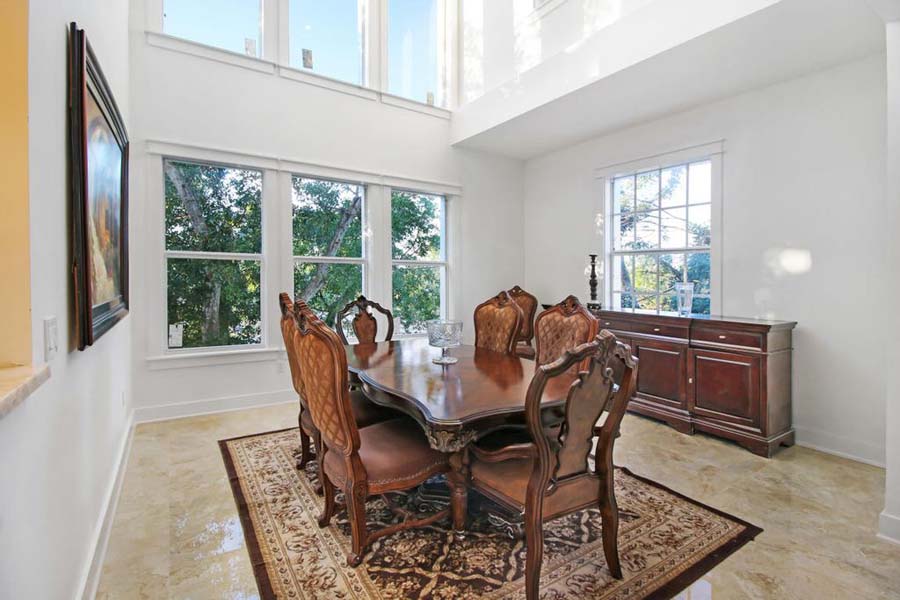
The finished home is airy, open, and bright with direct access to the ocean and stunning island views.
As the house was nearing completion in the fall of 2017, Hurricane Irma hit. It is one of the strongest hurricanes on record and hit the Keys at full strength. The owner knew the storm was coming so he drove down, opened up the garage doors to allow wind and water to pass through, and then drove home. The home performed exactly as designed, and survived with only minor cosmetic damage. By comparison the resort across the street suffered considerable damage and much of it had to be rebuilt.
Finished in November of 2017, the home has been occupied for nearly two years. It’s proven to be 46% more energy efficient that what code requires and is comfortable year round. (Part of the design takes advantage of the coastal breeze, and the mass of all the concrete in the walls and floors help combat Florida’s hot and humid climate.
The beauty and success of this home has not gone unnoticed in the community. It sits on the only highway between Miami and Key West, and was on display for thousands of cars every day while under construction. After the hurricane, it appeared in many news stories and in aerial footage as an example of why some homes weathered the storm with minimal damage.
Werner reports that many new ICF homes have been started across the country because of the interest generated by this home.
2019-Project-Profile-Florida-Beach-House-27
A foam-and-concrete decking system was used for the floors and roof to support the stepped ICF walls, increase disaster resistance, and create a rooftop living space.
2019-Project-Profile-Florida-Beach-House-09
The finished home is airy, open, and bright with direct access to the ocean and stunning island views.
Project Statistics
Location: Islamorada, Florida
Type: Private Residence
Size: 4,500 sq. ft. (floor)
ICF Use: 17,670 sq. ft.
Total Construction: 100 weeks
ICF Installation Time: 70 days
Construction Team
Developer, General Contractor & ICF Installer: Coastal Bay Builders
Form Distributor: BuildBlock
Architect: Robert Klob Designs, Inc.
ICF System: BuildBlock and LiteDeck
Fast Facts
Hurricane-Resistant Construction
All Walls and Floors are ICF
First-Time ICF project for Owner/Builder
Walls Reach 30 feet above grade
Seen by Thousands on News Broadcasts, Website, and Highway Traffic
1 Comment
Trackbacks/Pingbacks
- ICF BRINGS BOTH FORM AND FUNCTION | ICF Homes - […] SOURCE […]
Leave a Reply to Marshall Burrows Cancel reply
Like what you read?
Yearly Subscriptions Starting @ $30

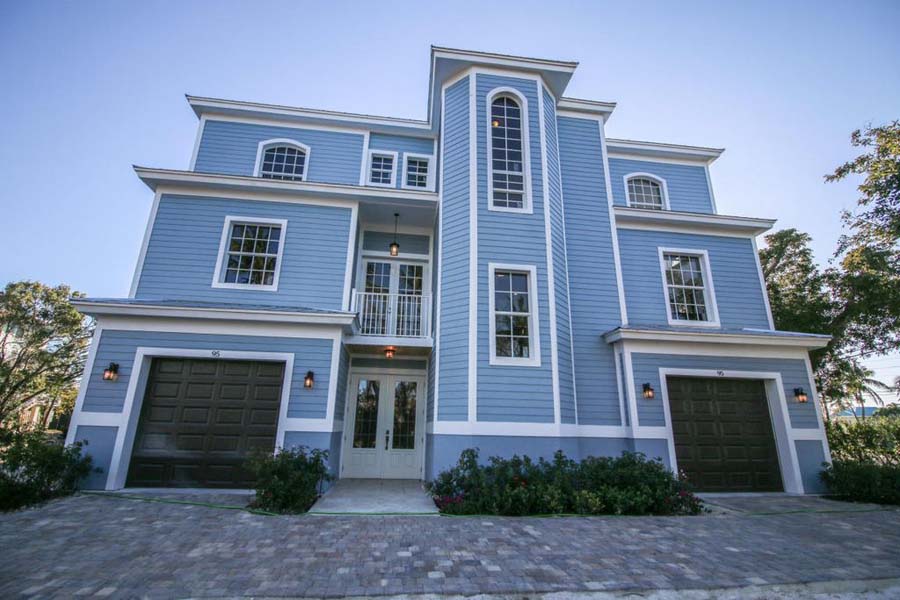
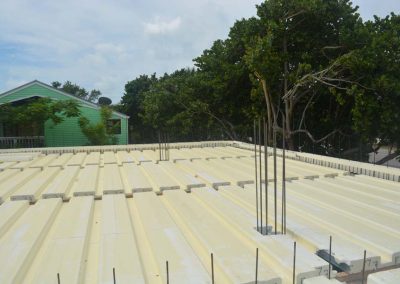
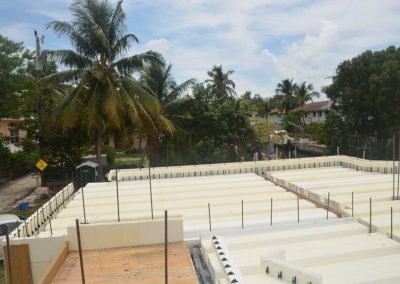
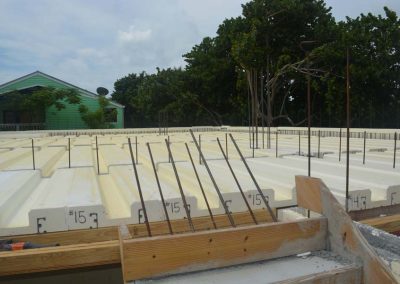
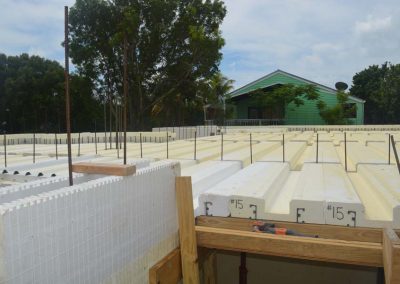
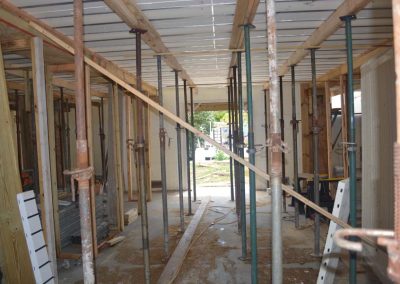
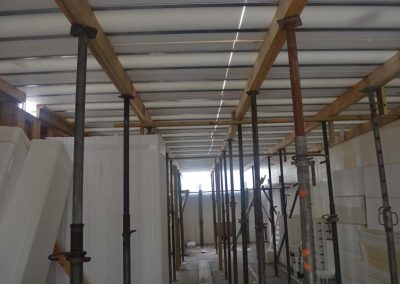
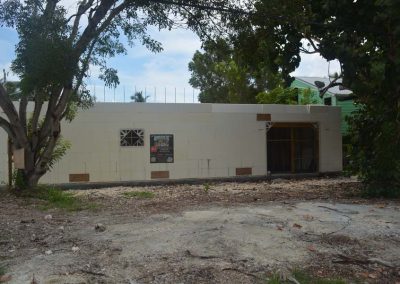
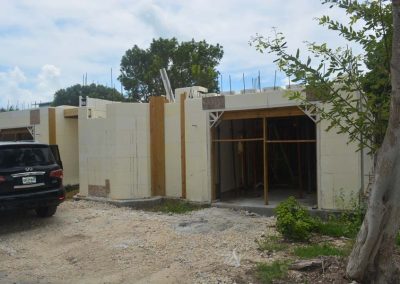
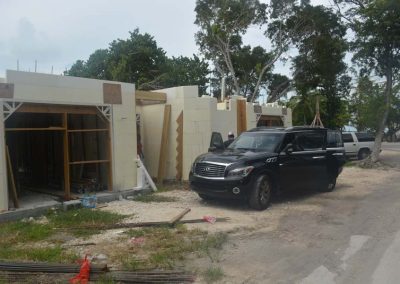
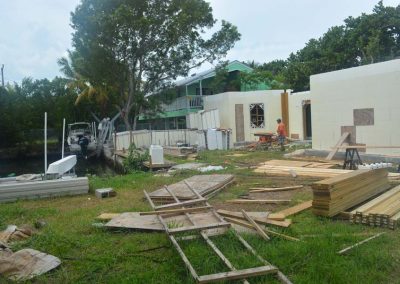
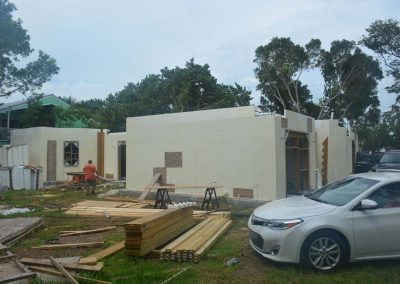
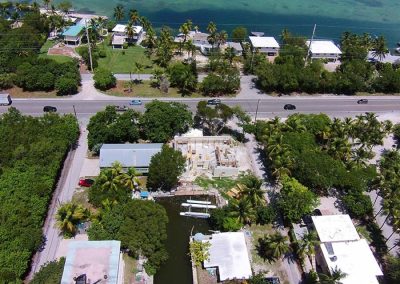
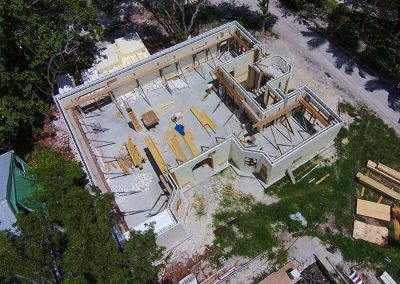
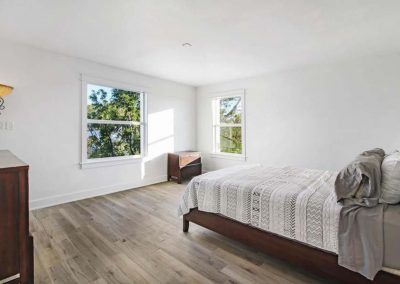
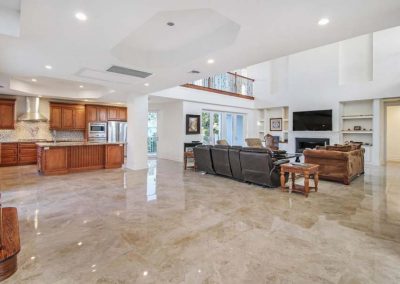
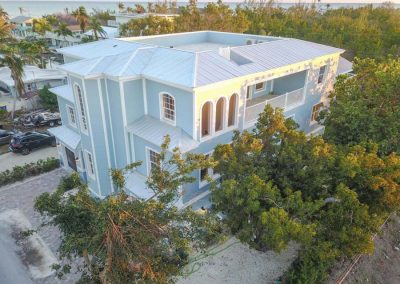
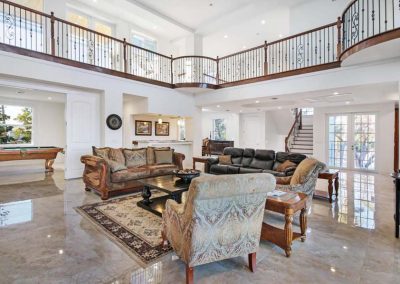
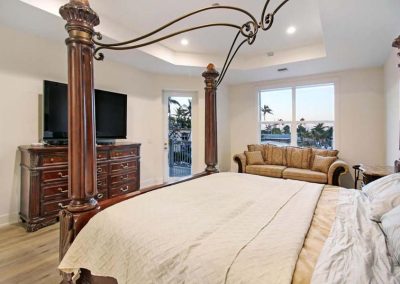
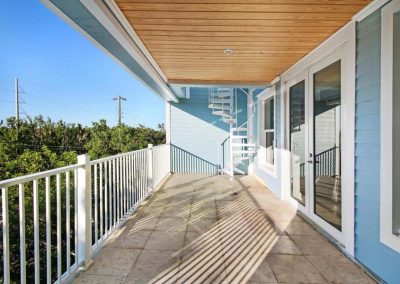
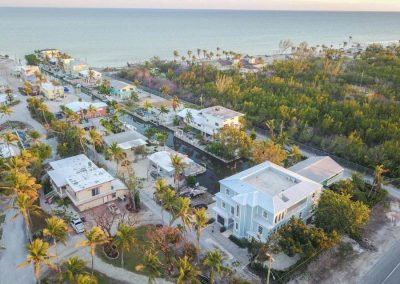
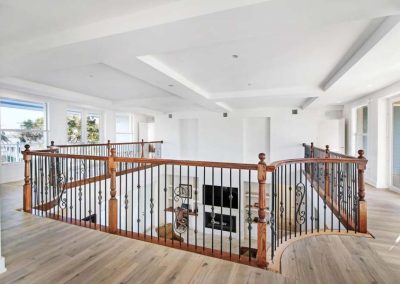
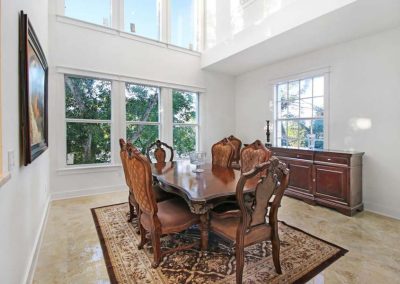
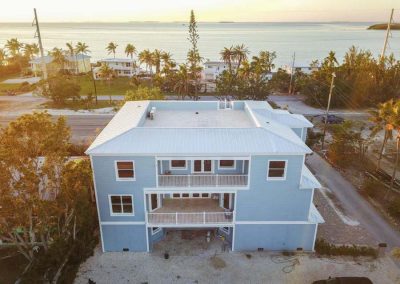
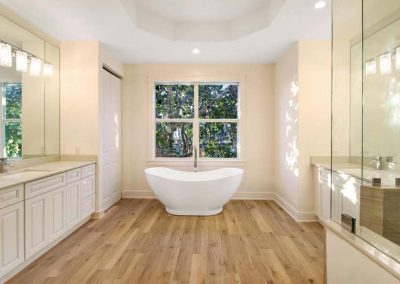
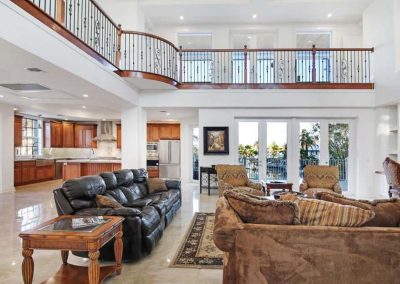
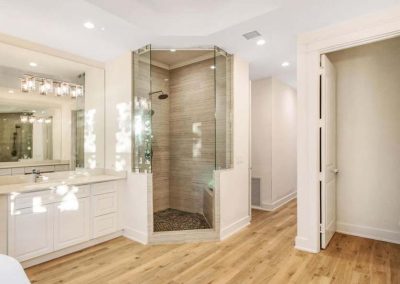
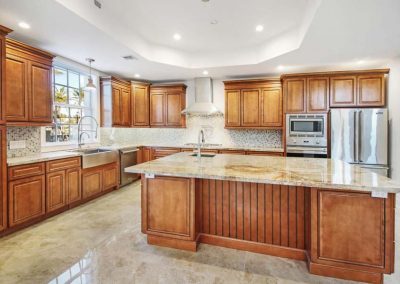
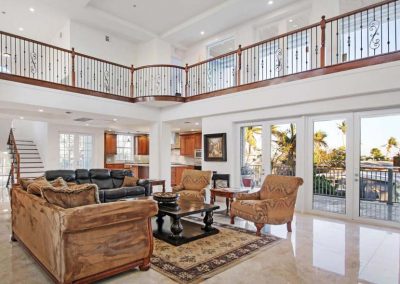
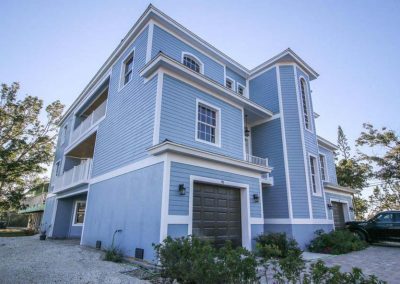
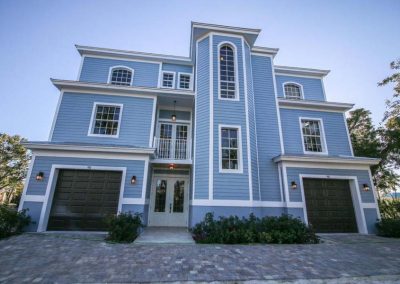



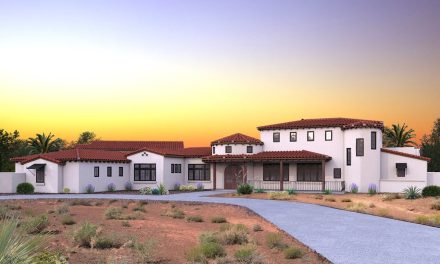
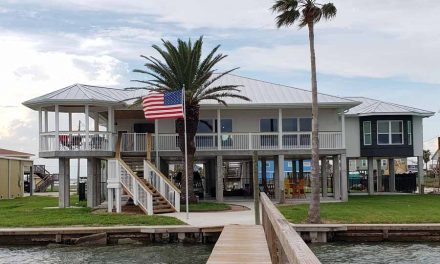








Love this house, how many blocks were used ? How many floor and roof blocks were used? Also could you please tell us how many yards of concrete were used? We were interested in how many trucks of blocks were used, and was there any damage to the blocks when they were unloaded?
Thanks for any help or advice you can give.
Marshall